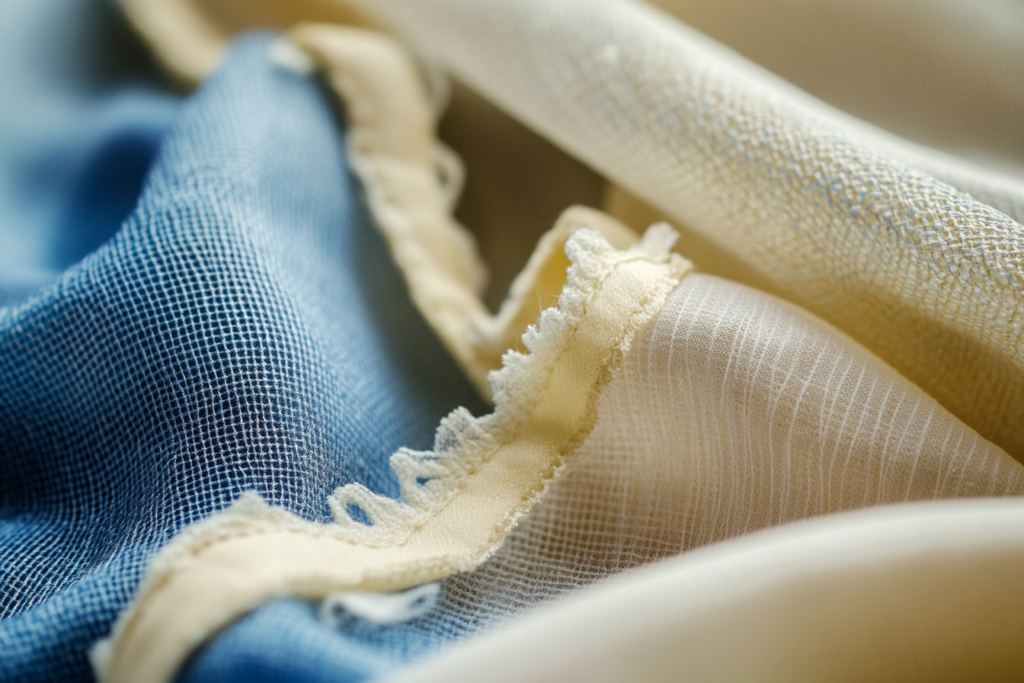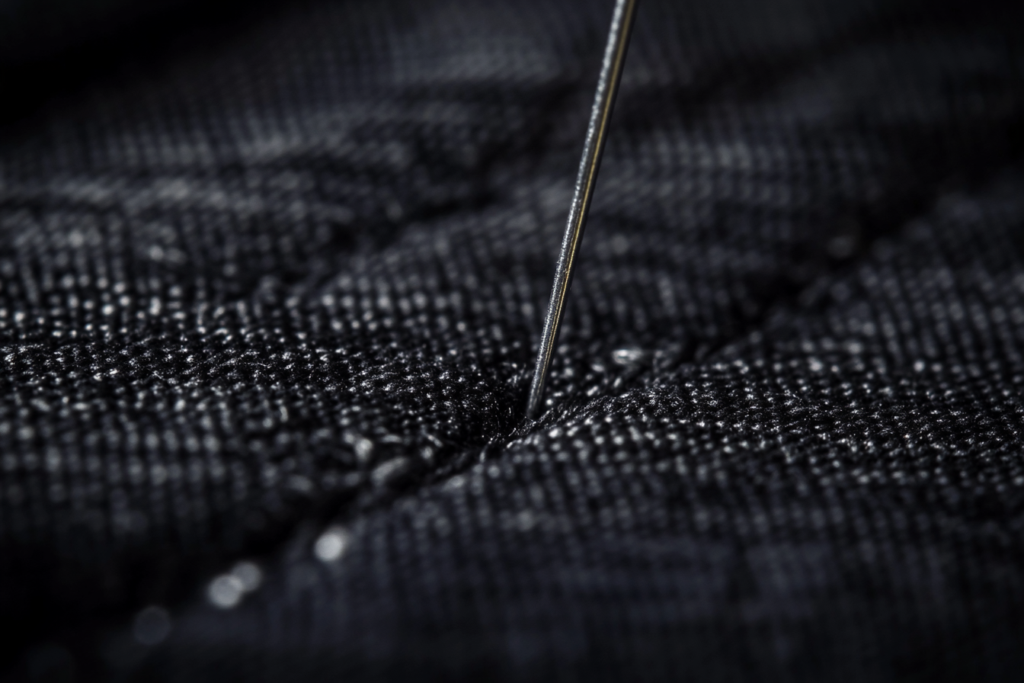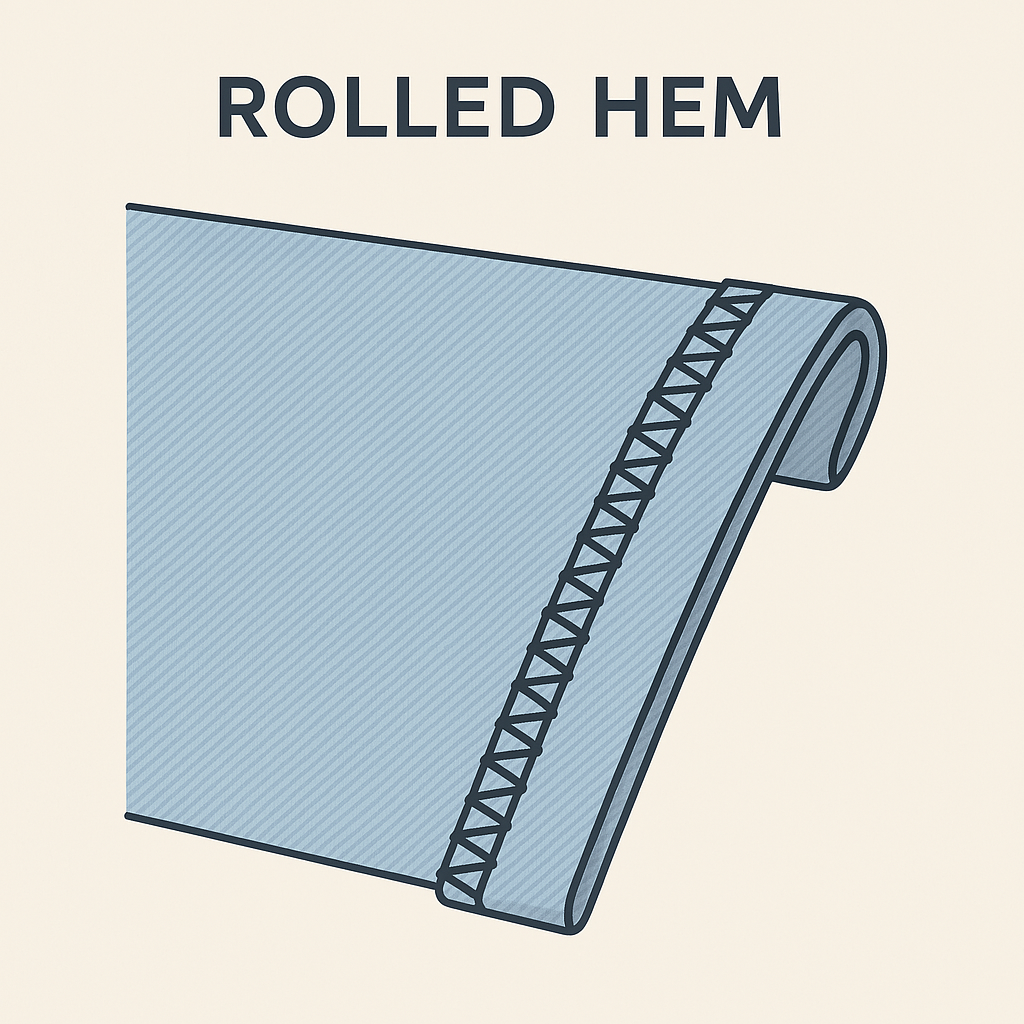EF (Edge Finishes): A Guide to Edge Treatment in Garment Construction
Edge Finishes (EF) are stitching methods used to complete single-layer fabric edges. Explore types of edge finishes like hems, welts, piping, plackets, and more for clean, professional garments.
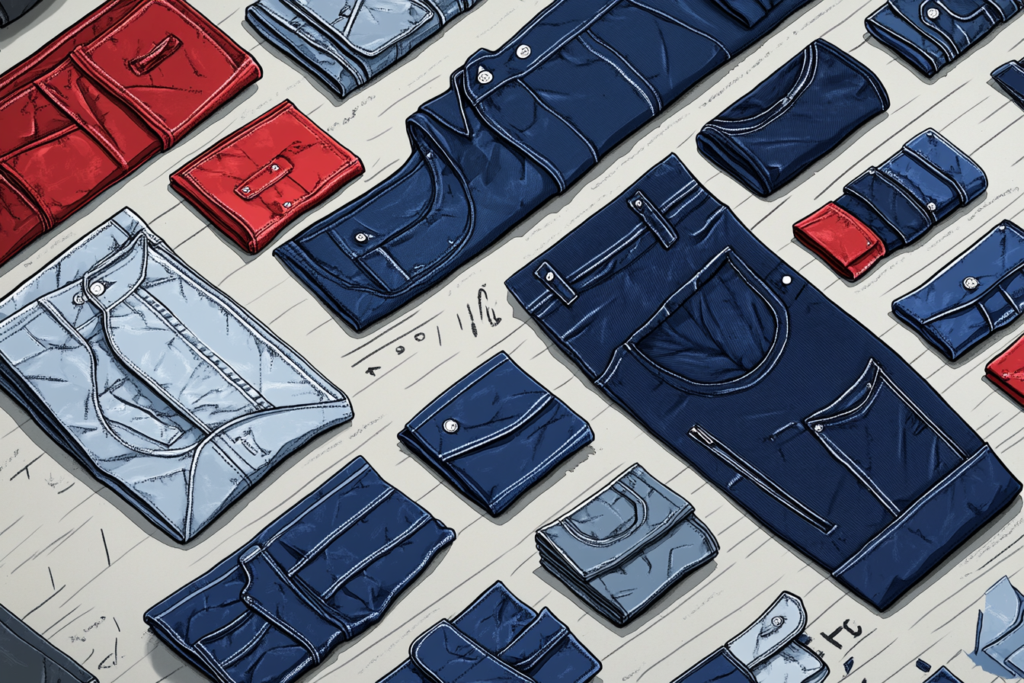
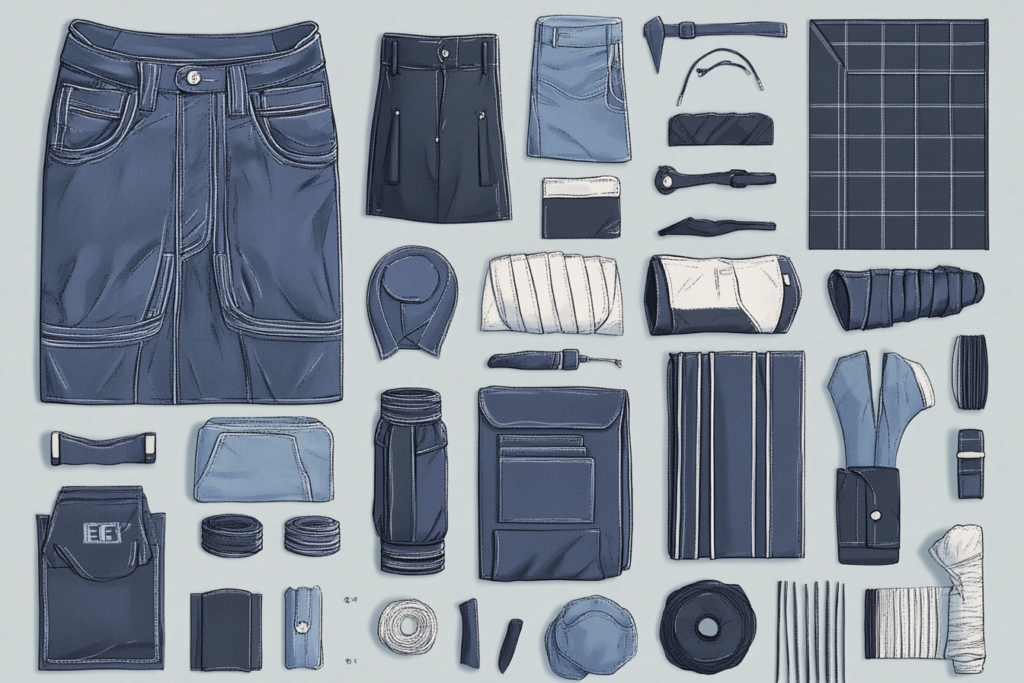
🔍 What is EF (Edge Finishes)?
EF, short for Edge Finishes, refers to a group of stitching techniques specifically designed to finish single-layer fabric edges in garment construction. These finishes are applied to visible edges of a garment to prevent fraying, maintain structure, and improve the aesthetic quality of the finished piece.
These techniques are essential for achieving a professional appearance and long-term durability, especially at stress points such as hems, cuffs, waistbands, and plackets.
✅ Edge finishes are not just decorative—they’re functional and structural.
🧵 When Are Edge Finishes Applied?
Edge finishes are typically applied:
- 📌 Before or after garment assembly
- 📌 On exposed single-layer edges
- 📌 On lightweight to medium-weight fabrics
- 📌 To enhance appearance or improve durability
They are especially important in garments where the interior construction is visible or the fabric is prone to fraying.
📚 Edge Finishes Covered in This Guide (EF Types)
Here’s a breakdown of the most common EF types used in modern garment making:
| EF Type | Description | Common Use |
|---|---|---|
| Hems | Folded fabric edge secured with a line of stitching | Shirts, dresses, trousers |
| Strips & Belts | Narrow fabric pieces applied as edging or decoration | Waistbands, decorative trims |
| Tunnel Elastic | A casing that holds elastic between layers of fabric | Waistbands, sleeve cuffs |
| Piping | Cord enclosed in fabric and sewn into seams or edges | Collars, cushions, decorative clothing |
| Welts | A folded strip of fabric sewn to a garment edge | Pocket openings, front openings |
| Placket Cuffs | A slit and overlapping strip, often finished with buttons | Shirt sleeves, tunic necklines |
| Cuffs/Trims | Finished edge details around sleeves or pant legs | Shirt cuffs, pant hems |
✂️ Why Are Edge Finishes Important?
📌 1. Prevent Fraying
EF techniques seal the edge of the fabric, preventing unraveling, especially in woven fabrics.
📌 2. Improve Aesthetic Appeal
A cleanly finished edge elevates the professional look of the garment—no raw edges or loose threads.
📌 3. Add Strength & Shape
Edge finishes reinforce high-stress areas like pockets, collars, and plackets, helping garments hold their shape.
📌 4. Increase Comfort
EF can smooth or soften edges, reducing discomfort where the garment touches the skin.
📐 Edge Finishes in Practice: Where to Use Each Type
| Garment Area | Suggested EF Method |
|---|---|
| 👕 Hemline | Folded hem, blind hem |
| 👖 Trouser cuffs | Turned-up cuff, tunnel elastic |
| 👚 Sleeve cuffs | Placket cuff, bias bound |
| 🧥 Pocket openings | Welt, piping |
| 🎽 Necklines | Piping, bias facing |
| 🩳 Waistbands | Tunnel elastic, faced band |
📌 Tips for Successful Edge Finishes
- Always press the edge before and after stitching for a neat finish.
- Choose EF types based on fabric weight and garment function.
- For stretch fabrics, use EF methods like tunnel elastic or coverstitch hems.
- Use interfacing in plackets or welts for better shape retention.
🖼️ Illustration of Edge Finishes Types
Here’s a visual example of various EF applications, including hems, piping, welts, and placket cuffs.

Note: This image represents similar edge reinforcement techniques; a full EF-specific diagram can follow.
🧶 The Role of Edge Finishes in Quality Garment Making
EF (Edge Finishes) are more than just details—they are essential techniques that blend function and design. Whether you’re reinforcing a hem, adding comfort to a waistband, or enhancing the beauty of a neckline, the right edge finish ensures a garment that’s not only stylish but also long-lasting.
